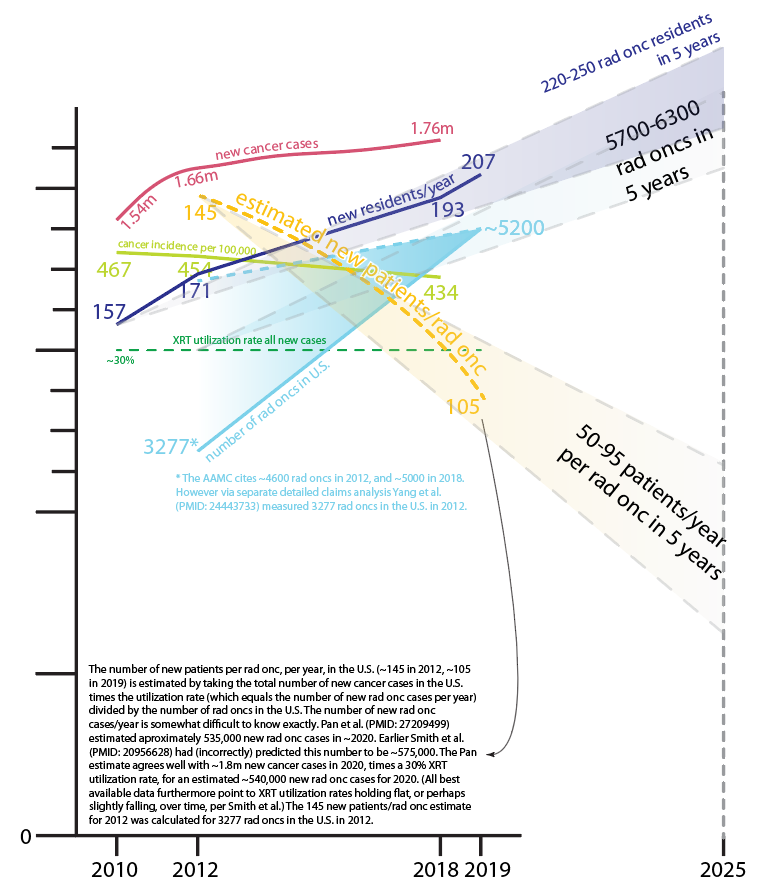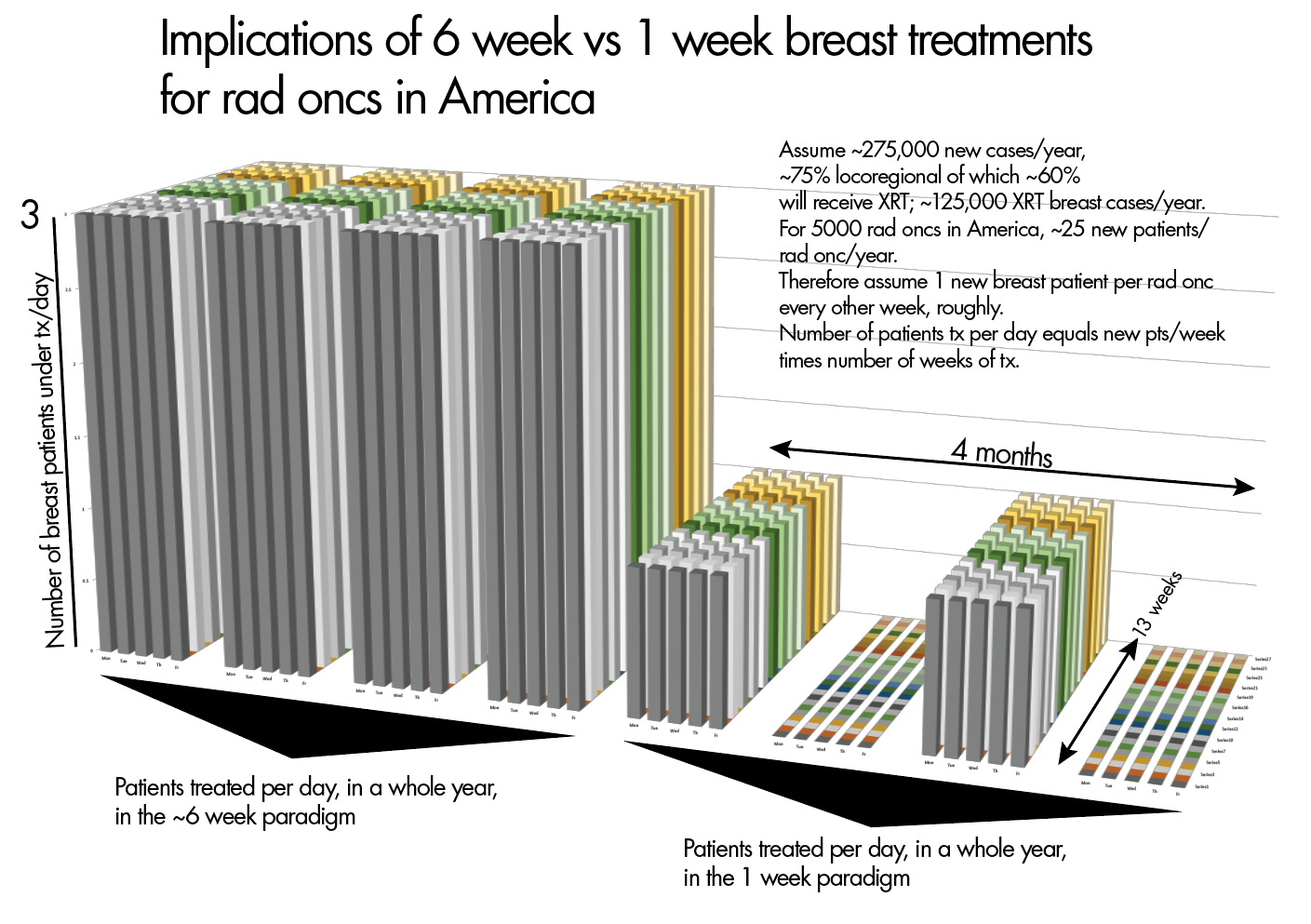Some academic positions have unique revenue streams where you can have paychecks coming from multiple entities, some of which are not publicly disclosed. I used to have a position like this and everyone in the in-laws family thought they knew what I made, but it was actually much higher, which was how I preferred it.
I've long speculated that this may be the case. With the Kentucky data I assume that there is some sort of bonus compensation and that all they are reporting is the base comp. What i'm more curious about is data that comes from irs form 990s. I wonder if there are similar ways where revenue streams are not disclosed...which would seem somewhat sketchy legally as the 990 is supposed to include income from "related" organizations...how "related" is defined though I don't know.
As an example, I've browsed the 990's of some non-profit academic institutions in states where all academic salaries aren't just published online and found what seems like awfully low compensation for some chairs.



 There are about 600 MD/PhDs a year. Even in rad onc's heydey it was around 25-33% MD/PhDs, so maybe 40 MD/PhDs a year.
There are about 600 MD/PhDs a year. Even in rad onc's heydey it was around 25-33% MD/PhDs, so maybe 40 MD/PhDs a year.